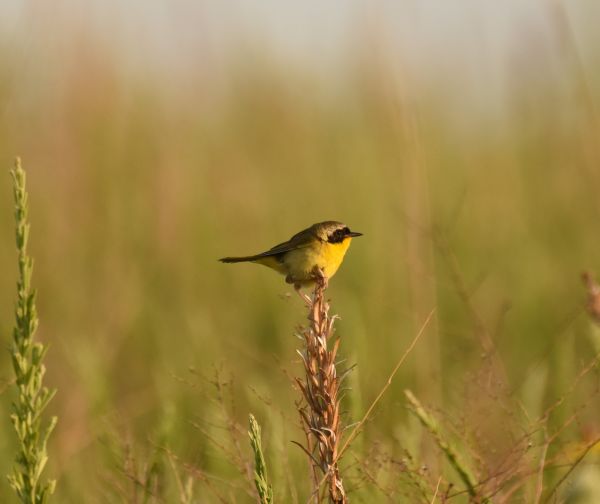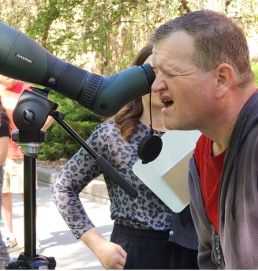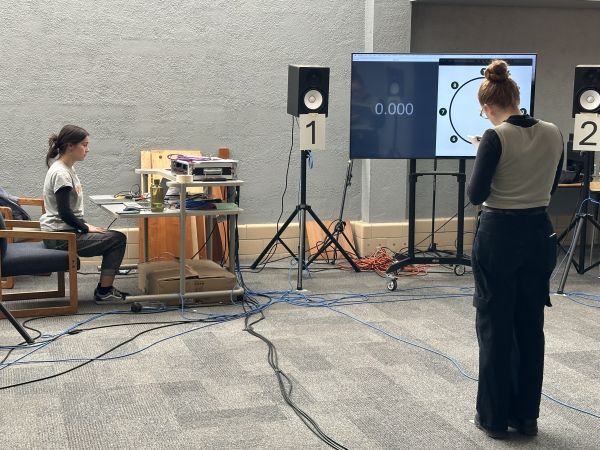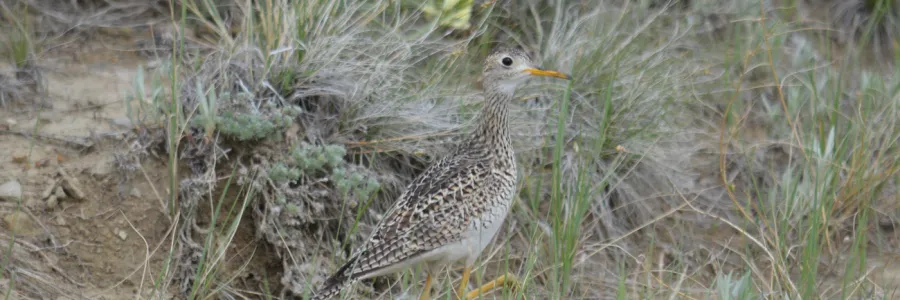Research
Birds inspire curiosity, connect people to nature, and serve as vital indicators of environmental and human health. ASC combines ecological research with hands-on learning to explore how bird populations respond to a changing world. By studying birds, we gain insights into the health of our ecosystems and the well-being of human communities that depend on them. Our work informs conservation, supports sustainable land management, and helps shape the future of natural resource stewardship.

Tracking change through avian science
We monitor bird populations to better understand how ecosystems are changing over time. Birds help us detect early signals of environmental shifts, offering insights into the health of landscapes and the effectiveness of conservation efforts. Our approach follows the principals of adaptive management – using science to guide real-time decisions while continually learning and improving strategies. As we gain new knowledge about how birds respond to environmental changes, we adjust our actions to better support both wildlife and ecosystems.

Connecting people, places, and birds
Birds link ecosystems across vast landscapes and serve as early indicators of environmental change. Because they respond quickly to shifting conditions, bird reveal vital information about the health of the natural world - and, in turn, human well-being. Their presence supports ecosystem services such as pollination and pest control, and has been associated with both mental and physical human health benefits. By studying the relationships among birds, ecosystems, and people, our work informs decisions that promote biodiversity, sustain cultural values, and support thriving communities.

Improving how we count, track, and understand birds
Reliable data are the foundation of effective bird conservation. We study and improve the tools used to monitor bird populations, from estimating nest density and success to tracking trends in populations. Our team is advancing the use of autonomous monitoring systems and developing AI-systems to enhance accuracy and reduce labor-intensive fieldwork. We are also exploring how human perception, especially hearing and visual abilities, affects data quality and how recent technological tools can help fill those gaps. By refining both traditional and emerging methods, we ensure that avian research keeps pace with today’s conservation challenges.
